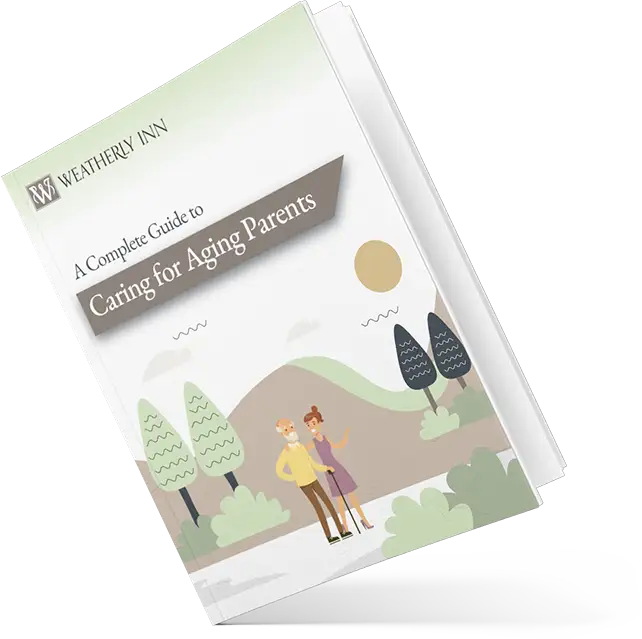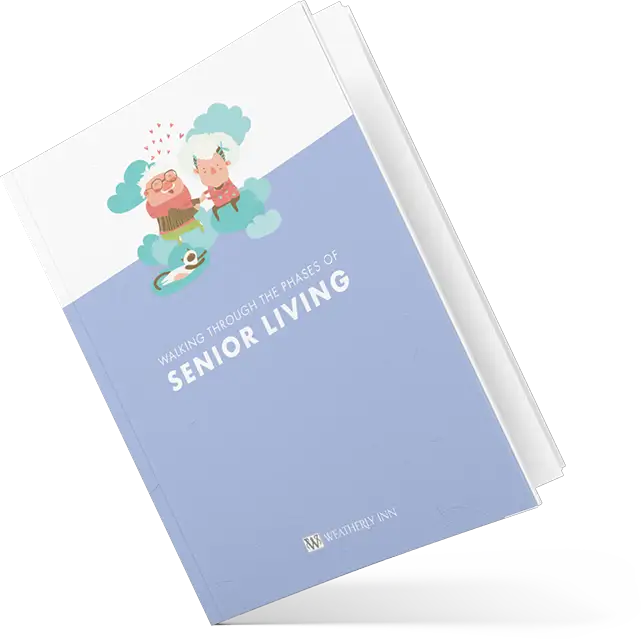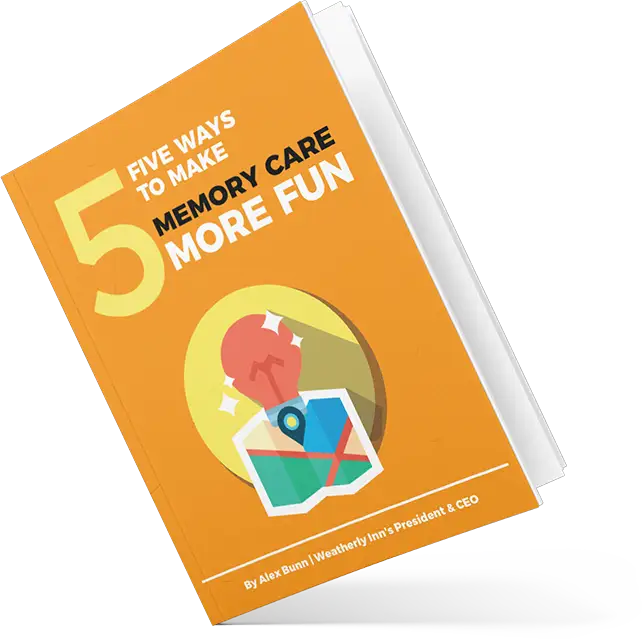July 25, 2025
Choosing to move a parent or loved one into senior living is not a decision to be taken lightly, nor is it an easy one. This can be made even harder when it becomes not just a question of whether, but when. When do you know it’s time to consider senior living? If you’re asking yourself that question, you’re not alone, and you may already be seeing signs. Maybe your parent is having trouble preparing meals, missing medications, or growing more isolated. Or maybe the care you’re providing is starting to affect your own health and well-being.
This transition often doesn’t come with a clear moment or milestone; it unfolds quietly, one day at a time.
In this article, you’ll find five clear signs that it might be time to consider a senior living community for your loved one. You’ll also get practical answers to common questions, so you can move forward with clarity, confidence, and care.
Understanding the Transition to Senior Living
What Is Senior Living, Really?
“Senior living” is a broad term that covers a range of housing and care options designed for older adults. The most common are:
Independent Living Communities: For seniors who are largely self-sufficient but want a social, maintenance-free lifestyle.
Assisted Living Communities: Provide help with daily living activities like bathing, dressing, and medication management.
Memory Care: Specialized support for seniors with Alzheimer’s or other forms of dementia and memory loss.
Respite Care: Short-term stays for recovery or when family caregivers need a break.
How Do You Know When It’s Time?
There’s no single “age to move” into senior living, but many residents transition between ages 75 and 84. The decision is often based more on health care needs, safety, and quality of life than on a specific number.
1: Difficulty Managing Day-to-Day Tasks
As we age, even once-simple routines can become physically or cognitively challenging. Struggles with activities of daily living (ADLs) like cooking, bathing, or dressing are often early signs that extra help may be needed. Look for a pileup of unpaid bills & unopened mail, repeatedly wearing the same clothes, and declining hygiene. Aside from these, missed meals, spoiled food in the fridge, and weight loss from poor nutrition are also good indications that it might be time for more help.
If your loved one is no longer able to manage the rhythm of the day-to-day on their own, an assisted living community may be able to step in with supportive care while preserving dignity and autonomy.
2: Worsening Health or Chronic Conditions
Chronic illness and mobility issues can make aging at home increasingly unsafe or isolating. According to the CDC, over 80% of adults 65+ have at least one chronic condition, such as diabetes, heart disease, or arthritis.
If you’re noticing frequent ER visits or falls, difficulty managing medications, missed doctor’s appointments, and worsening memory or confusion, it’s most likely time. As medical needs grow more complex, the right level of care can improve health outcomes and reduce the stress of coordinating home healthcare on your own.
3: Increased Social Isolation
Social isolation among seniors isn’t just lonely, it’s a health risk. Research shows it’s linked to higher rates of cognitive decline, depression, and even hospitalization.
Watch out for reluctance to leave the house, a loss of interest in hobbies they once loved, and unreturned calls or messages. If your loved one has stopped attending religious services or clubs & activities they once deeply enjoyed, you might want to start thinking about senior living.
Our communities are designed to promote connection and social vitality, offering daily activities, communal meals, and a warm, welcoming environment that can reignite a sense of belonging.
4: Caregiver Burnout
Caring for a loved one can be deeply rewarding, but it can also take a toll. The average family caregiver provides over 20 hours of care per week, often while balancing a job, household, or children of their own.
When you start to experience fatigue, don’t just brush it off. Take a second look. Are you feeling irritable or resentful? Neglecting your health? Feeling overwhelmed, unsupported, or even financially strained because of missed work. If caregiving is compromising your well-being, it may be time to explore a community that can offer professional support, allowing you to focus more on your relationship and less on being a nurse, driver, or scheduler.
5: Home Safety Concerns
A once-great home can become risky as needs evolve. Falls are the leading cause of injury in adults over age 65, and even minor environmental hazards can pose a serious threat. Other than that, look out for burned cookware from leaving the stove on, forgotten locks, and wandering as safety warning signs. A home that has stairs without handrails, poorly lit hallways and bathrooms, and clutter or tripping hazards throughout is not well-equipped for an aging senior. At a senior living community, safety is built in, from accessible design and emergency alert systems to staff trained in caring for your loved one.
Common Questions
What’s the Average Length of Stay in Senior Living?
While it varies, many residents live in assisted living or memory care for an average of about 2 years. However, some make a senior living community their home for much longer.
Is There a Certain Age to Move Into Senior Living?
While many transitions happen between ages 75 and 84, the decision should be based on individual needs, not age alone. Some residents may move in at age 65; others stay at home into their 90s.
How Do I Talk to My Parent About Senior Living?
Start with empathy. Share observations without blame (“I’ve noticed you’ve fallen a few times lately”) and frame the move as a way to gain support, not lose independence. Consider visiting communities together or trying respite care for a short stay.
Not Sure What to Do Next? Here’s Where to Start
If you’re uncertain about the right time, begin with these steps:
- Start the conversation early, before a health crisis forces a rushed decision.
- Tour a few communities to get a feel for the options.
- Schedule a medical assessment to understand current needs.
- Use respite care as a trial period or temporary solution.
Why Families Trust Weatherly Inn
At Weatherly Inn, we know how personal this decision is—because it’s personal to us, too. Our communities are thoughtfully designed to feel warm, inviting, and lived in, not clinical or corporate. From the moment you walk through our doors, you’ll notice the difference: friendly faces, a sense of ease, and a culture grounded in respect, comfort, and genuine care.
We’ve built a legacy by staying true to what matters most: treating every resident like family, listening closely to what you need, and making each day meaningful. Whether you’re just beginning to explore options or ready to make a change, we’re here to guide you through it with honesty, flexibility, and heart.
Disclaimer: This article is intended for informational purposes only and should not be considered medical, legal, or financial advice. Please consult with the appropriate professionals regarding your unique situation.



